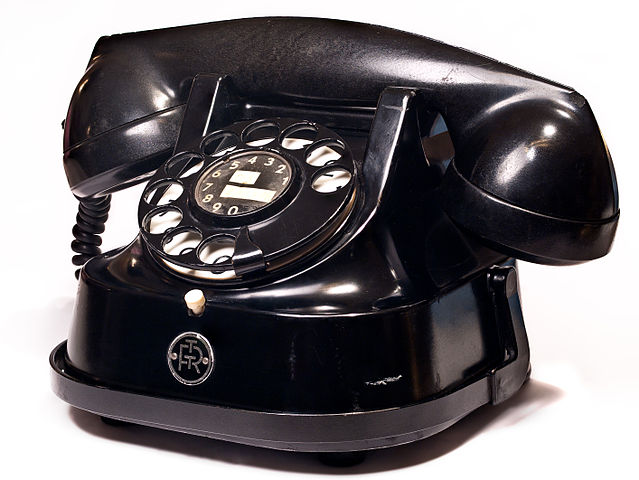Digraph vs Diphthong
Digraphs and diphthongs are different linguistic terms that refer to the formation of sounds. A diphthong is a vowel where two different sounds are produced within a single syllable, while a digraph is a pair of letters representing a single phoneme. Diphthongs are always vowels, whereas digraphs can be either vowel or consonant.
Key Takeaways
- A diphthong is a vowel with two different sounds within a single syllable.
- A digraph is a pair of letters representing a single phoneme, which can be either a vowel or consonant.
- Diphthongs involve a gliding process between two vowel sounds, while digraphs involve a single sound produced by a pair of letters.
What is a Diphthong?
Diphthongs, also known as gliding vowels, involve the production of two different sounds within a single syllable. The individual moves from one vowel sound to another without a syllabic break, a process called gliding. Examples of diphthongs include words like “mouse,” “waist,” “noise,” and “house.” Some commonly used diphthongs in English are “ai,” “aw,” “oy,” “ei,” and “ou.”
Diphthongs typically consist of two main parts: the nucleus and the off-glide. The nucleus refers to the main, stressed vowel sound, while the off-glide is the unstressed vowel sound that flows off.
What is a Digraph?
A digraph in the English language is a pair of letters representing a single phoneme, the smallest unit of sound in a language. Digraphs can be either consonant or vowel. Some common vowel digraphs include “ai,” “ay,” “ea,” “ee,” “ei,” “ey,” “ie,” “oa,” “oo,” “ow,” and “ue.” Consonant digraphs include examples like “ch,” “ck,” “ng,” “ph,” “sh,” “th,” and “wh.”
In both consonant and vowel digraphs, it is the combination of letters that produces a single sound. Teaching digraphs is essential in language education, particularly for young children, to ensure proper pronunciation.
What is the difference between Digraph and Diphthong?
- A diphthong involves producing two different sounds in a single syllable, while a digraph is a pair of letters representing a single phoneme.
- When making a diphthong sound, the mouth moves from one position to another, while for a digraph sound, the mouth only moves to a single position.
- A gliding process occurs in a diphthong, but not in a digraph.
- In a diphthong, two vowel sounds are created, while in a digraph, a single sound is created by a pair of letters working together.
